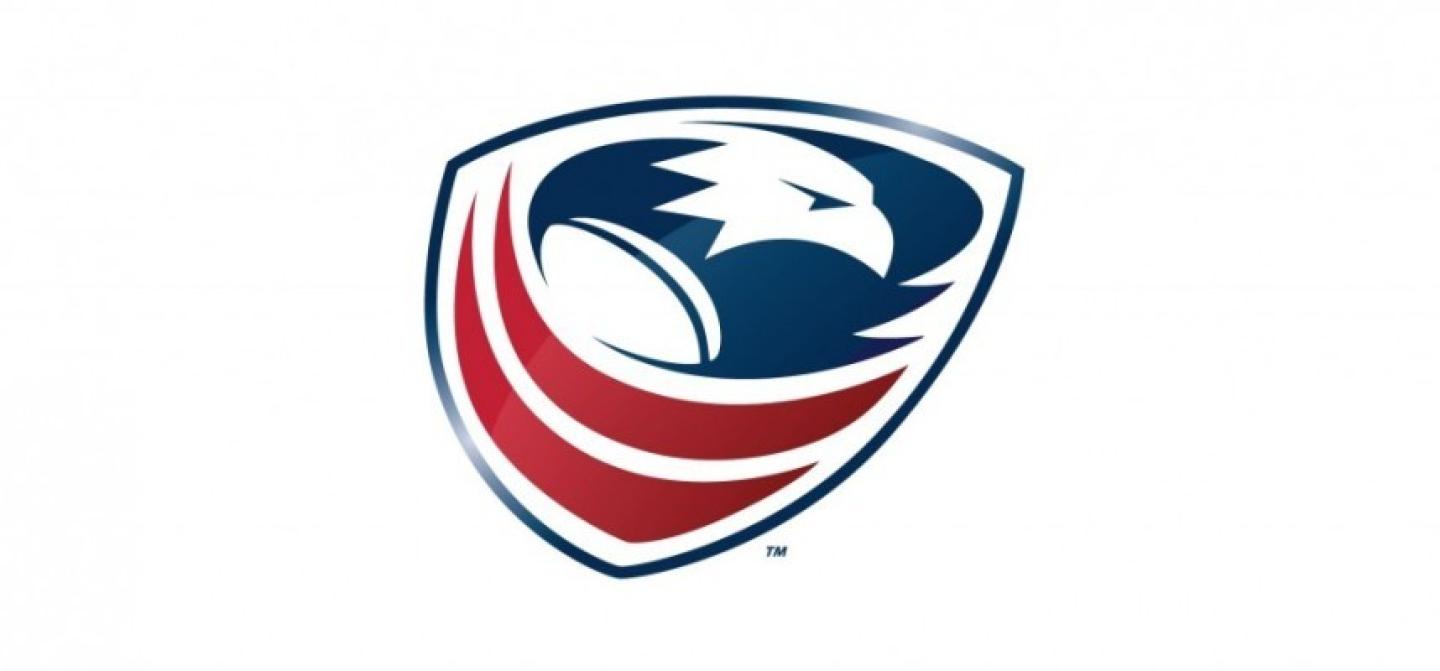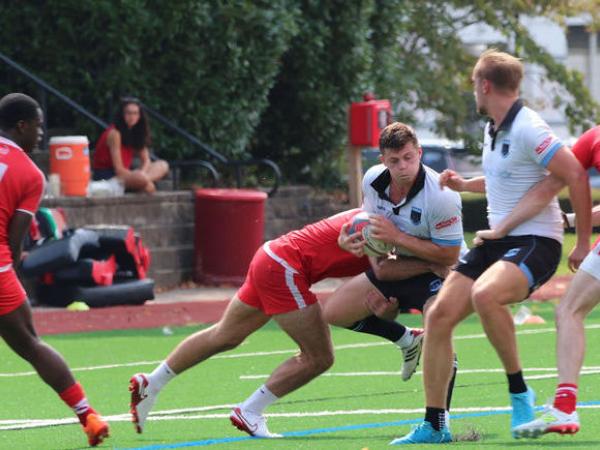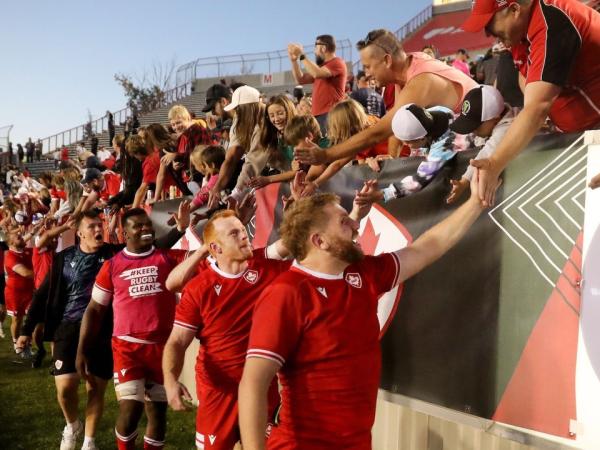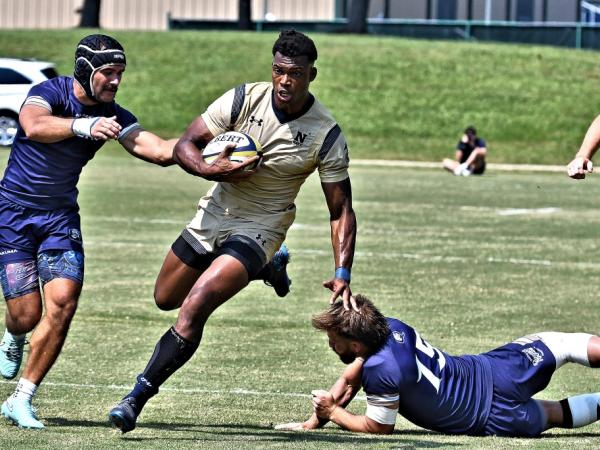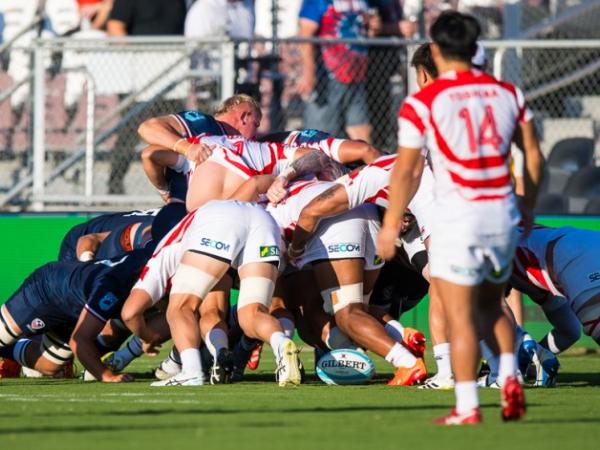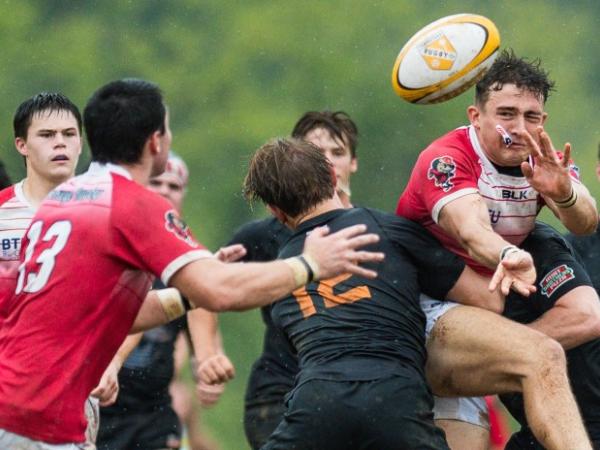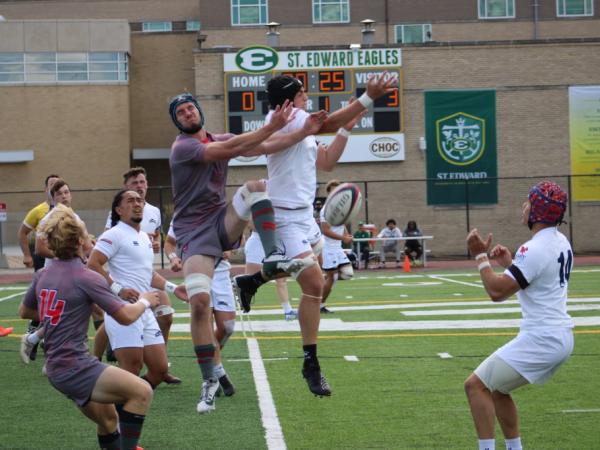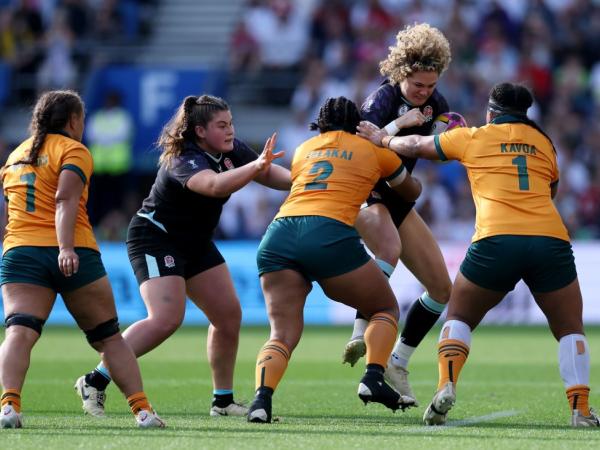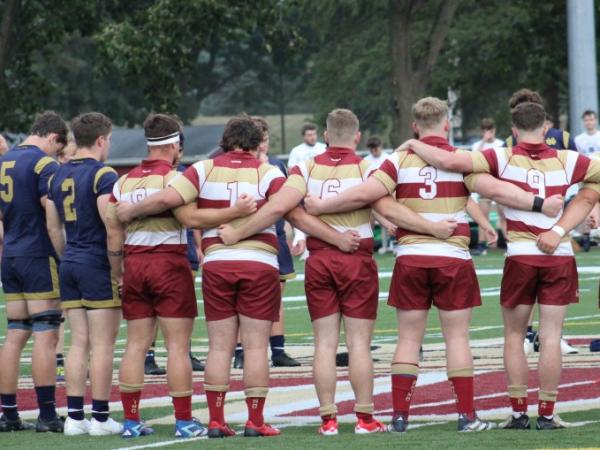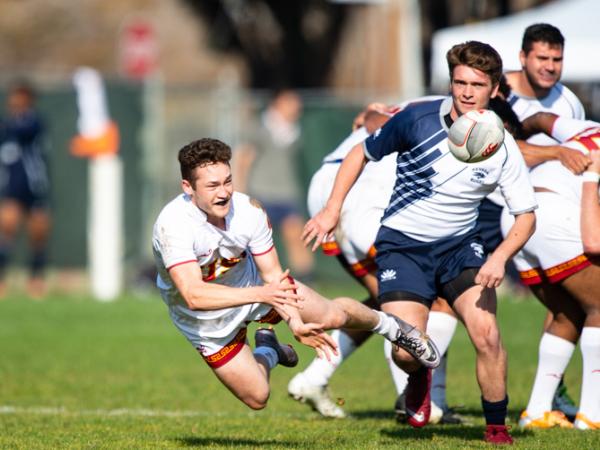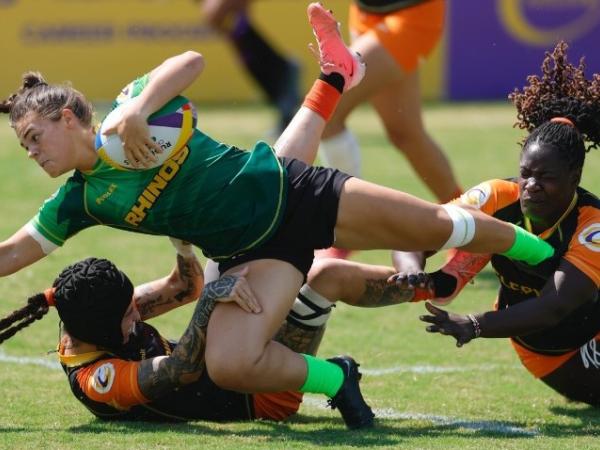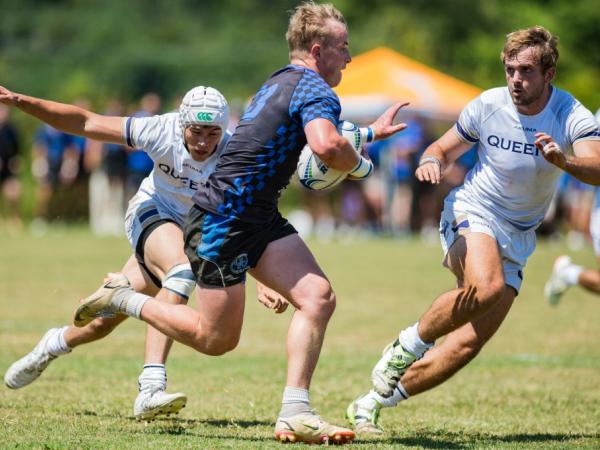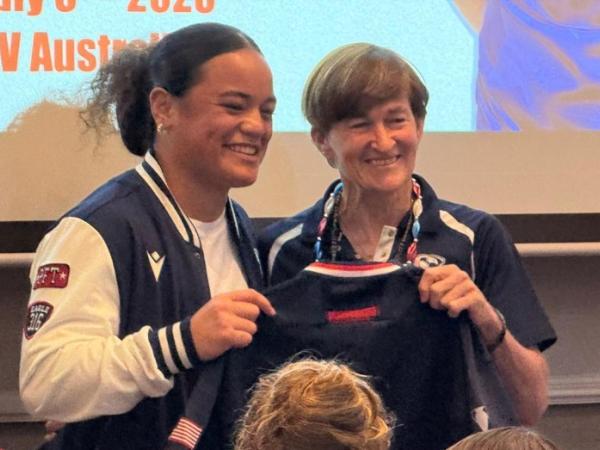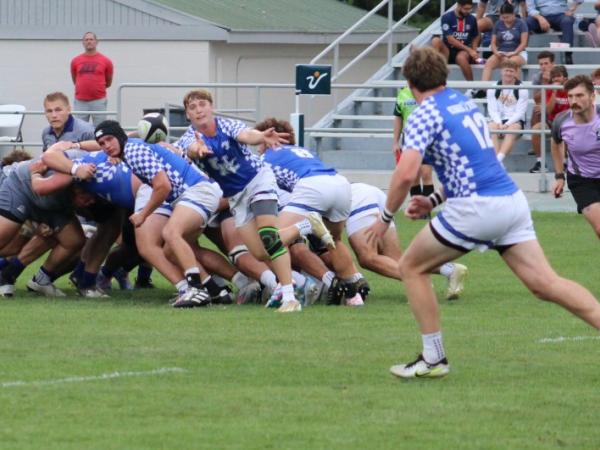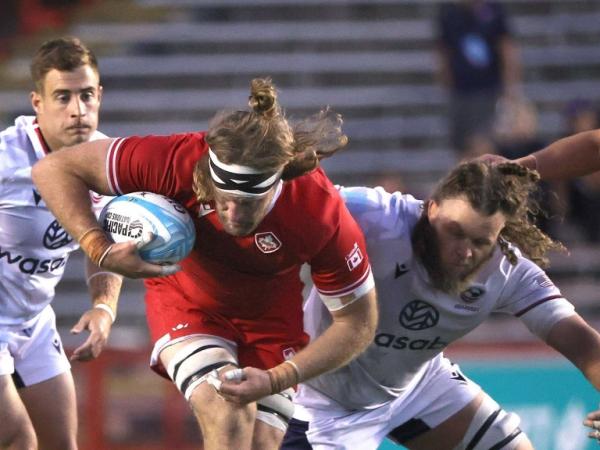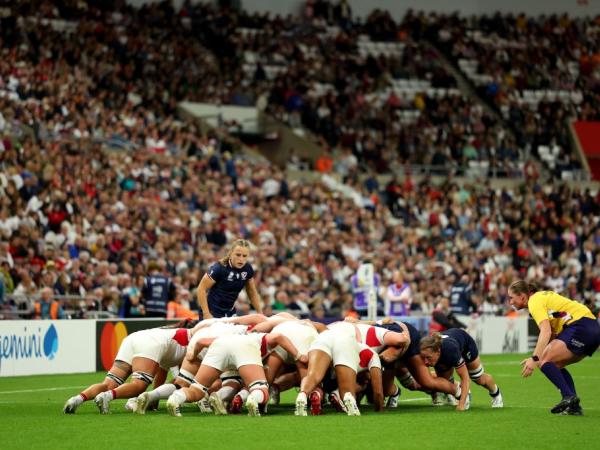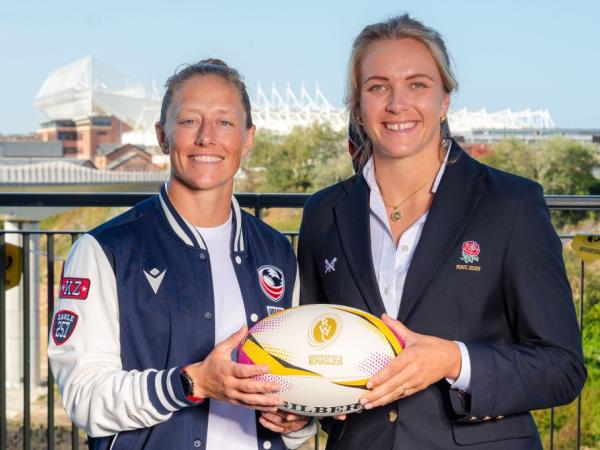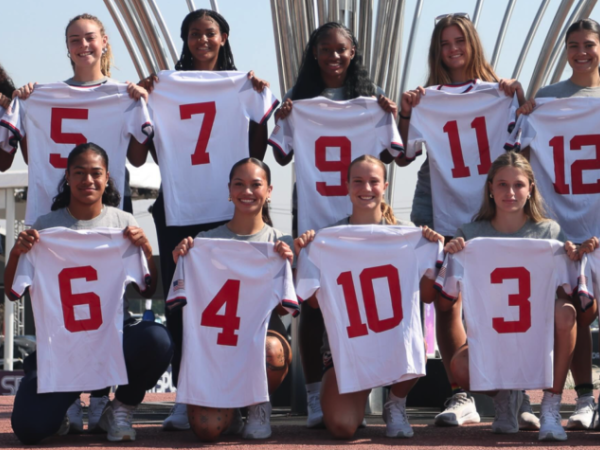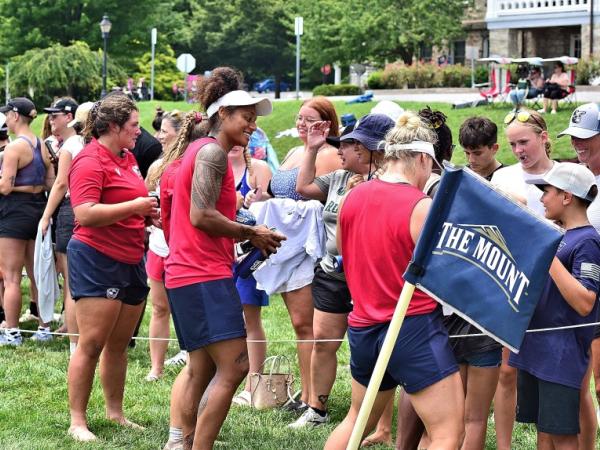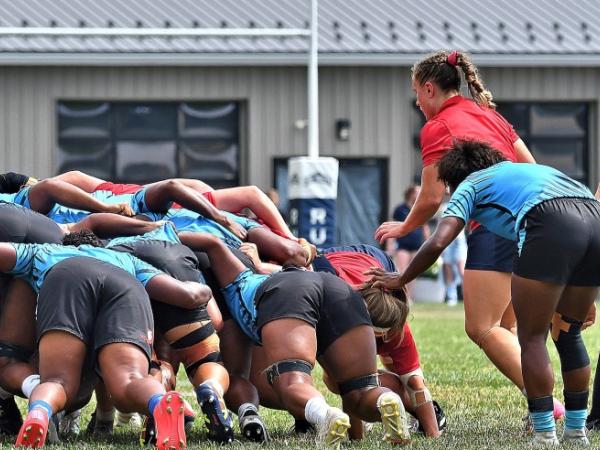The news that USA Rugby's dues are going up wasn't that surprising.
After all, we got a heads up from the Board a couple of months ago.
Dues Going Up, CEO Change, World Rugby Gets More Involved
But it is also true that costs all over the place are going up, so why wouldn't a membership organization raise dues to deal with that? And in fact, the reasons for the dues raise are better than most—hiring more people to handle some key jobs. Having one person to deal with issues for each of the main constituency groups—Club, College, Youth & High School—makes sense. A compliance office makes sense, and so does a CFO.
So, yes, USA Rugby needed a raise in dues.
USA Rugby Announces Dues Increase for 2023-24 Cycle
We spoke to USA Rugby COO Johnathan Atkeison about some of the decisions around the dues increase.
"The genesis of adding these positions came from the last three years of discussions with each of the individual Councils as we’ve navigated the transition into our new governance model, and agreement between the Councils and USA Rugby that these positions were needed to help support the Councils and membership," said Atkeison. "'Concurrency' is a term used in some specific governmental acquisition circles that describes a situation whereby in large projects, development and production are often happening at the same time. I think it’s an apt comparison for how we’ve collectively approached this. We have a framework, and an end-goal in mind, but as we’ve gotten more experience from running the new system we’ve recognized the need for adjustments over time, and the new community support positions are one of those."
USA Rugby is working with the different councils to figure out the job description for each. For Youth & High School, for example, already have some people in place so the funding will actually just go to help the organization defray staffing costs. Other Councils might approach that differently.
As for the Compliance Officer, that's not exactly exciting, but it has to be done. Every National Governing Body answers to the US Olympic and Paralympic Center and US Center for Safesport in terms of keeping its regulatory house in order.
"Both entities conduct their own annual and quadrennial audits of athlete safety measures, governance structure and policy compliance, as well as fiscal and operational health," said Atkeison. "These processes are ultimately designed to keep us focused on improving performance and increasing the safety of our participants, which is a good thing, but given our complex and dispersed governance structure, it's a full-time job to make sure we're staying up-to-date. In the past year we've engaged two outside firms to help us in those areas."
Compliance is serious business. USA Badminton reportedly had to pay $1Million, which they tried to keep on the down-low, as a settlement to a whistleblower who had reported allegations of sexual abuse. (See more here.) Meanwhile, USA Skateboarding was audtied by the USOPC in 2022 and found deficient in a number of governance and financial standards areas. They also failed to have the requisite number of athlete representatives on the Board. This eventually saw resignations throughout the Board at USA Skateboarding.
So making sure you're in compliance is hugely important.



